Yates Account
Join now
Create a Yates account today!
Sign up to join the Yates Garden Club for monthly e-mails packed with seasonal inspiration, tips for success & exclusive promotions.
Plus if you’re a Garden Club member you can take part in the Yates Growing Community - a blog to share successes, get advice & win prizes in fun challenges along the way!

Forgot password
Enter the email address associated with your account, and we'll email you a new password.

Cabbage is king! It can be julienned for salads, roughly chopped for stir fries or fermented to make sauerkraut and kimchi (we hear it’s great for gut health!). It grows fairly quickly and also looks great in the garden, too.
How to grow cabbage in a garden
- Fill starter pots or trays with Yates Black Magic Seed Raising Mix. Sow seeds, lightly firm down and keep moist.
- While waiting for the seedlings to grow, prepare the planting area by digging in Yates Thrive Natural Blood Bone with Seaweed. Add a little Yates Hydrangea Pinking Liquid Lime & Dolomite.
- Once seedlings have emerged, feed weekly with Yates Thrive Natural Fish Seaweed+ Plant Food Concentrate. Allow seedlings to grow to about 7cm before transplanting into prepared area.
- When transplanting, space seedlings at least 30-40cm apart and water in well with Yates Thrive Natural Fish Seaweed+ Plant Food Concentrate. Feed weekly to ensure strong root development and lush leaves.
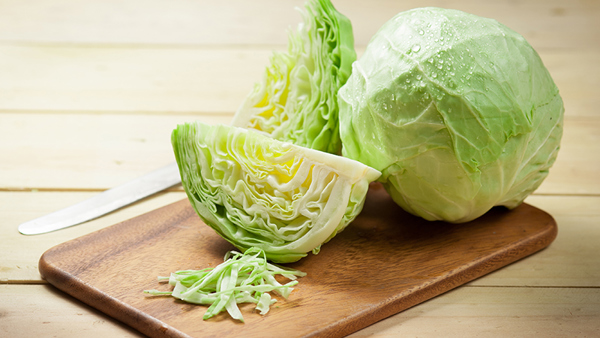
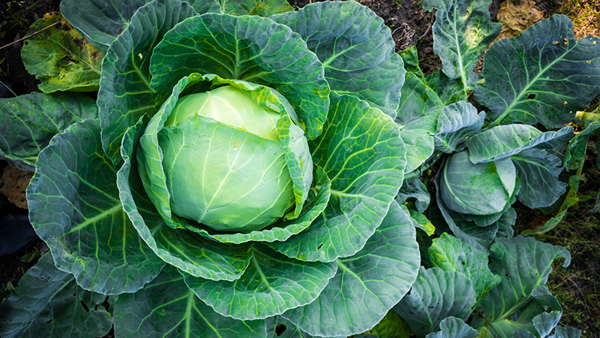
How to grow cabbage in a pot
- The best cabbages to choose for containers are the non-hearting Asian types, such as Wong bok or Bok choy. Grow them in 600mm troughs and don’t overcrowd them.
- Position in full sun and fill pots with Yates Premium Potting Mix. Sow seeds, lightly firm down and keep moist.
- Once seedlings have emerged, feed weekly with Yates Thrive Natural Fish Seaweed+ Plant Food Concentrate.
- Feed weekly with Yates Thrive Natural Fish Seaweed+ Plant Food Concentrate to boost growth.
The trendiest and definitely most space saving way to grow cabbages is as microgreens. These pint-sized plants can be grown on a windowsill and when they’re ready – within 2 to 3 weeks – they can be harvested with scissors, just as they’re needed. Try Yates Cabbage Rubies - make successive sowings for a continuous supply and use the red-stemmed shoots to decorate and add flavour to your dishes
A favourite early red cabbage, with tightly wrapped heads, and vibrant red colour. Red Mini is crisp and delicious cooked or chopped raw for slaws.
Cabbage 'Sugarloaf' Heirloom
A distinctive conical shaped, Old World variety, sensational raw in coleslaws or as a salad green. Sweeter flavour and softer texture than standard cabbage.
Cabbage 'Savoy King' Hybrid
Large crisp heads of finely crinkled emerald leaves. Named for a region in Northern Italy, Savoy Cabbage is ideal for wrapping around fillings.
Heirloom Cabbage 'Savoy Purple'
An heirloom variety, cultivated in England since the 1800s, these visually stunning cabbages have large crisp heads of lightly crinkled green and purple outer leaves.
Cabbage 'Kilaton' Hybrid
Ideal for cool season planting, Kilaton delivers consistently large, dense and very tasty cabbages. Tender, flavoursome heads weigh up to 2kg and store exceptionally well after harvest.
Growing tips
-
Cabbages need watering around 2- 3 times a week. Be careful not to over water as the heads may split!
-
A layer of organic mulch, such as pea straw or lucerne straw mulch will help retain moisture in the soil.
More Plants
Kamokamo
A heritage variety of squash, with a delicious nutty flavour. Kamokamo is an old favourite in Māori cuisine; generations of careful breeding have gifted it a unique Aotearoa flavour.
Kūmara
Here's how to grow kūmara in your garden, or in pots if you live in the cooler parts of the country.
Shallots
It makes good sense to grow shallots from seed. They're a versatile ingredient that adds real depth and complexity to your dishes. The subtle flavour profile is great for soup, stews, salad, stir fries and sauces.
Recommended products
Yates Black Magic Seed Raising Mix
Specially formulated for trouble-free seed raising in trays (or outdoor seed sowing direclty into the ground) and propagation of cuttings.
Yates Hydrangea Pinking Liquid Lime & Dolomite
Apply to hydrangeas to change flowers to pink colour.
Yates Thrive Natural Fish & Seaweed+ Plant Food Concentrate
A complete plant food enriched with natural fish, seaweed, humates, molasses and more - boosted with NPK to improve plant and soil vitality.
Yates Thrive Natural Blood & Bone with Seaweed
A certified organic garden input boosted with NZ Seaweed to gently nourish plants, enrich the soil and encourage a strong healthy root system.














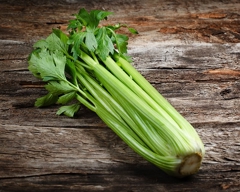
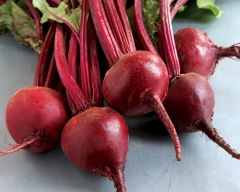
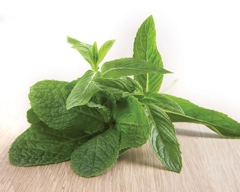
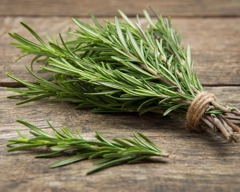
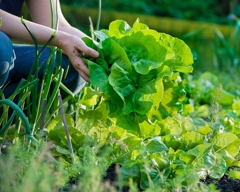








Share
Share this article on social media